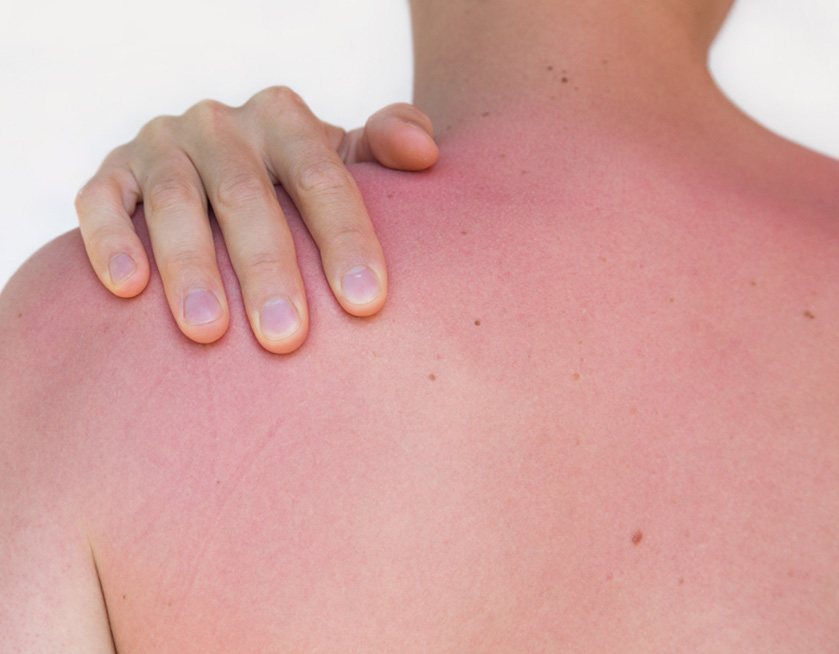As skin specialists at DermSurgery Associates of Houston, we often get this question: “Can neglecting to use sunscreen really be deadly?” It’s a common misconception that only people who are “sun addicts” suffer from sun-damaged skin and, worse, skin cancer. The truth is, the sun’s ultraviolet rays can cause harm, even if you don’t spend all your time laying out and getting tanned. Fortunately there’s a way to avoid these problems and still enjoy the sun: use sunscreen.
Any way you look at it, the intense light from the sun isn’t conducive to healthy looking skin. You’ve probably seen a person who is, say, 40 years old but has been tanning for years and now looks 50 or more. Conversely, a person who has protected their skin against the sun for most of their life might look 10 years younger than they actually are.
Skin quality and appearance is one thing, but the sun’s ability to cause skin cancer is quite another. UVA and UVB rays generated by the sun are the problem here. And there are only two ways to block these rays: 1. Wear protective clothing (long sleeves, wide-brimmed hats, etc.) or 2. Purchase and use sunscreen.
What is sunscreen?
There are various names for it – sunscreen, sunblock, suntan lotion and others. The products with a sun protection factor number are the ones that are formulated to block either UVA or UVB rays, or both. The label will tell you which type of ultraviolet radiation the product protects against.
Both types of rays can be harmful to the skin, and sunscreen that is labelled “broad spectrum” is your best defense against them both.
What is SPF?
Products that protect against ultraviolet rays have a sun protection factor, or SPF. In simple terms, the SPF tells you what percentage of the sun’s radiation will reach your skin (assuming the product is properly applied and reapplied as necessary). An SPF of 15 will allow 1/15 of the radiation to penetrate; SPF 30 will allow 1/30; SPF 45 will allow 1/45; and so on.
It can all get very scientific, but what you need to know is: All the time you spend under the sun and don’t use sunscreen or wear protective clothing increases your chances of skin damage, which can lead to skin cancer.
What kind of cancers affect the skin?
The most common skin cancers are called basal cell carcinoma and squamous cell carcinoma. Melanoma is a less-common skin cancer but is much more dangerous. Here are some details.
Basal cell carcinoma: More common in those with fair skin; flesh-colored bump or patch of pinkish skin; can develop anywhere on the body and can spread.
Squamous cell: Appears as a red bump, a sore that won’t heal or a scaly patch; forms on body areas that get a lot of sun; is capable of growing deep beneath the skin.
Melanoma: Can develop within a mole or materializes as a new dark skin spot; shape is often asymmetrical with irregular borders and colors; the mole or skin mark often grows.
A good sunscreen can make a huge difference in your long-term health. In addition, dermatologists recommend a thorough skin check every year so these cancers can be spotted and diagnosed quickly. If you have unusual spots on parts of your body that regularly are exposed to the sun, call DermSurgery Associates of Houston at 713.791.9966 and schedule a skin check or click here to contact us.


Leave a Reply